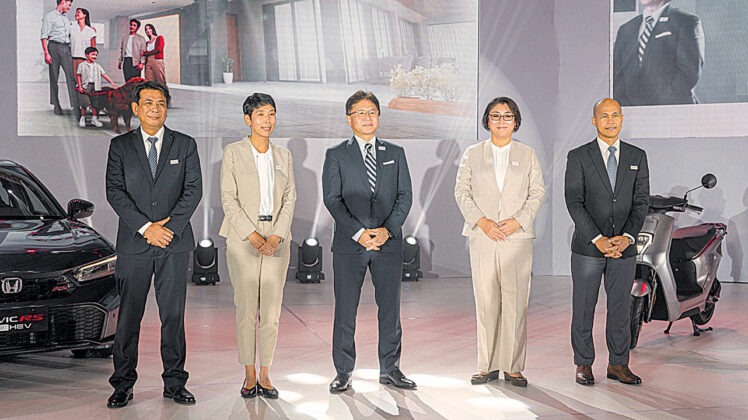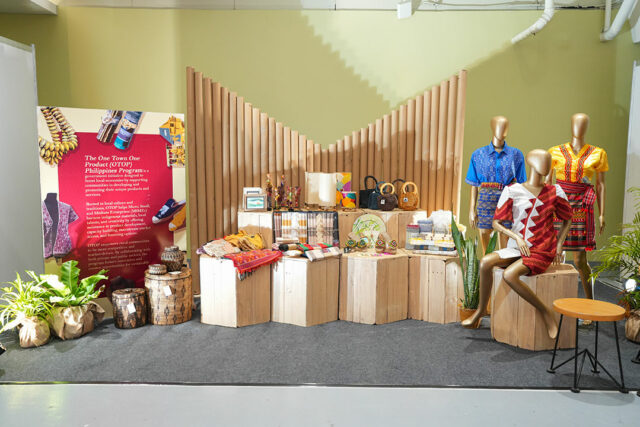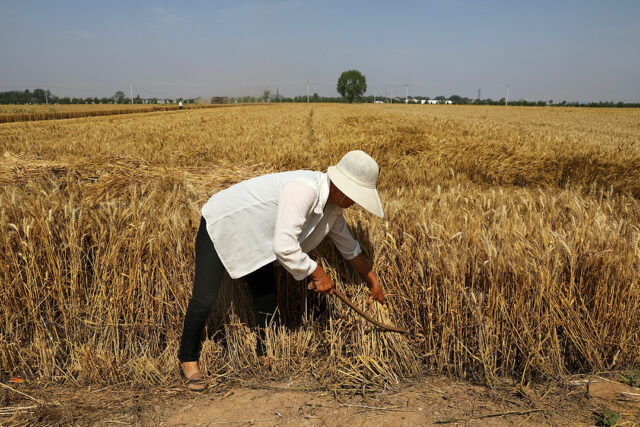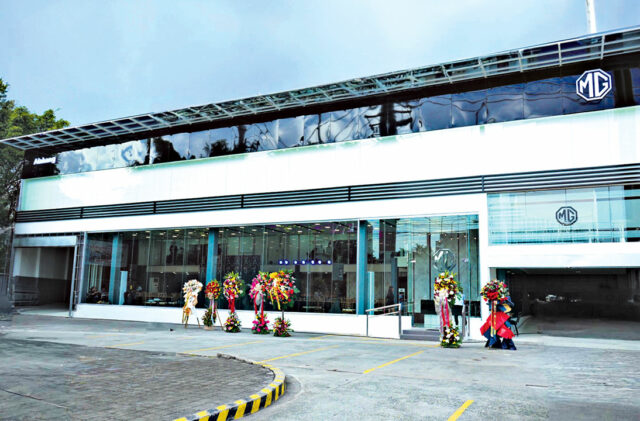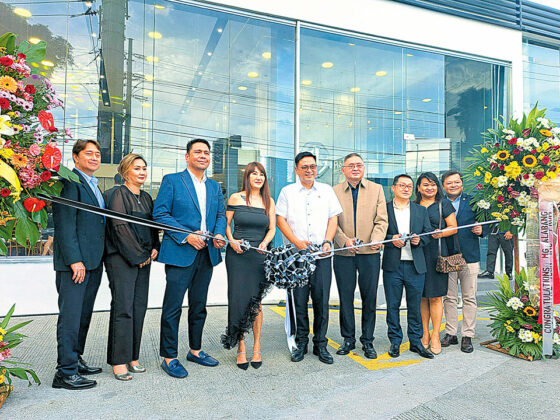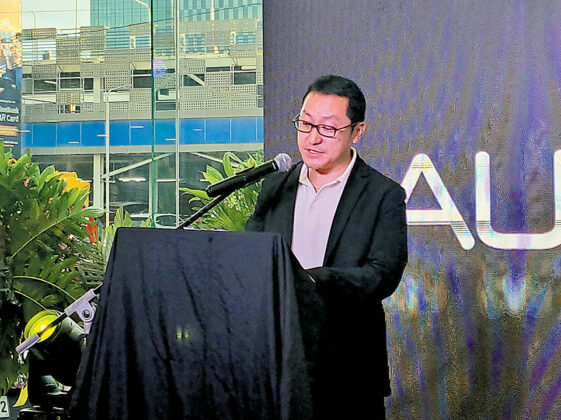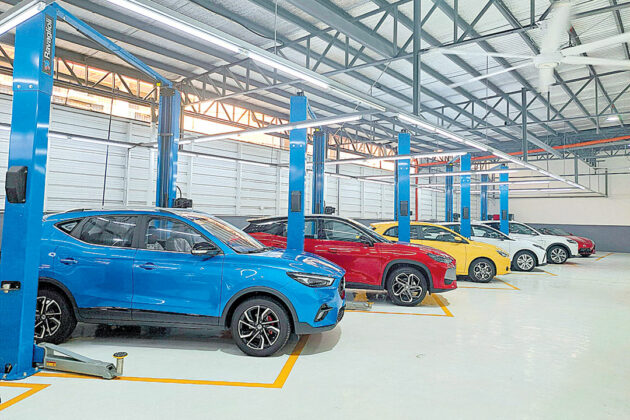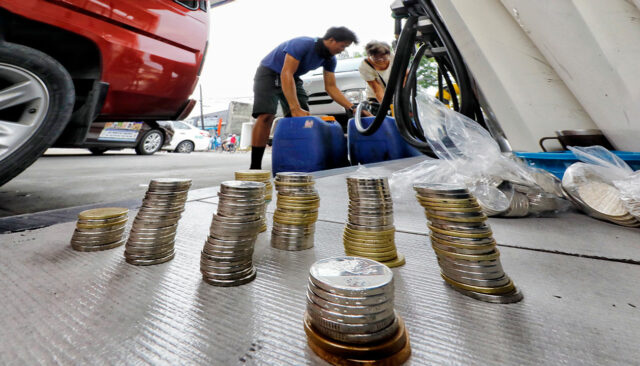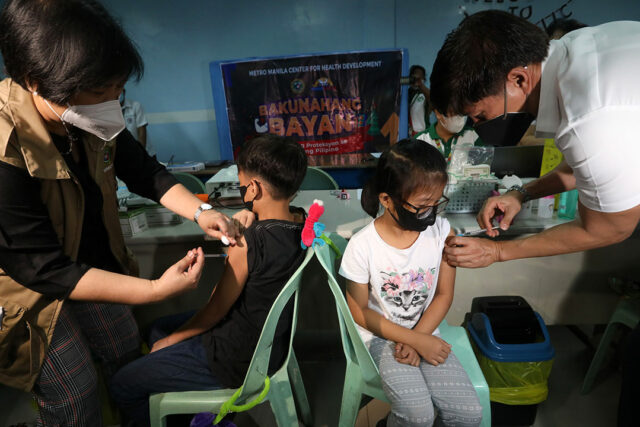The Japanese brand is working toward a sustainable, safe future
ONE OF the most popular car brands in the Philippines is also, just in case you forgot, the leading motorcycle marque in the country. Not only that, Honda is known for its range of power tools that make everyday life’s odd jobs and requirements a lot easier to do.
It was a family reunion recently when Honda in the Philippines staged what it called the “One Honda Electrification Event,” with a theme “Transform the Future.”
Described as a “transformative journey,” it was as much a branding exercise as it was about defining policy — or even a rallying call, if you will. Honda said in a release that a new tagline has been added to its global slogan, resulting in “The Power of Dreams — How We Move You,” to reflect the company’s “mission of continuously making solutions that offer people the joy and freedom of mobility from the present to the future.”
There’s a lot to unpack or to operationalize from this high-minded thinking. It’s easy to perhaps misread or misunderstand just how Honda wants this vision to materialize or be realized. In town to help do just that was one-time Honda Cars Philippines, Inc. (HCPI) President Toshio Kuwahara. He’s now vice-president and head of regional operations (Asia & Oceania) for Honda Motor Co., Ltd. Mr. Kuwahara is concurrently president and CEO of Asian Honda Motor Co., Ltd.
“All these new products are just the beginning of Honda’s journey to giving the community a safer, greener and sustainable future. Driven by a clear vision, we seek to achieve carbon neutrality across our entire product lineup and corporate activities by 2050. We are also striving for zero traffic collision fatalities involving Honda motorcycles and automobiles globally by 2050,” he said.
During the Q&A portion of the event, “Velocity” was able to ask Mr. Kuwahara for his view on the country’s electrification journey through a regional lens — more particularly versus more mature BEV markets. “If we look at the numbers, compared to Thailand, Indonesia… electrification in the Philippines, I have to say, is a bit slow,” admitted the executive.
“In Thailand, 20% of passenger car sales are already (comprised of) BEVs,” he revealed, and posited that there are several reasons for a bit of hesitation in the local market versus fully electric options, such as the prohibitive cost of electricity (which, by the way, comes from predominantly coal-fired sources), and a lack of charging infrastructure.
Mr. Kuwahara voiced an appeal to the government to “kindly consider to extend EO (Executive Order) 62” to continue, among other benefits, providing import duty exemptions for hybrid vehicles. “It will be a positive thing for the automotive industry, and will help accelerate sales,” he underscored.
He said extending the implementation of zero import tariffs would help accelerate electrification and encourage sales of EVs, including hybrid models.
EO 62 modified the import duty rates of various products. This the expanded coverage of the zero import duty under EO 12 to include battery electric vehicles (BEVs), HEVs, plug-in HEVs and certain parts and components until 2028.
Getting from the ICE present to a BEV future is something Honda is earnestly working on, and the results can be seen already. Having said that, like other brands, the firm is not rushing to go full electric right away.
The stated goal for Honda is to become carbon-neutral by 2050, and it’s clearly setting some checkpoints along the way, toward the eventual decarbonization of its operations and products. There is certainly evidence in the here and now — expressed in a rollout of vehicles and gadgets in the various areas where Honda makes its presence felt.
Let’s start with Honda’s power tools, a handful of which now features direct-current battery power. Some of the immediate benefits are convenience, light weight, portability, easy operation, and lower noise output in its leaf blower, hedge trimmer, lawn trimmer, and chainsaw. When compared to their conventional gas-powered counterparts though, Honda said that these lend themselves more naturally to home use or light duty.
Meanwhile, Honda Philippines, Inc. has unveiled its first two-wheeled BEV, the all-new EM1 e:. It draws power from a “high-quality lithium-ion battery,” the so-called Honda Mobile Power Pack e: which, unlike in usual electric bikes, can be conveniently charged away from the vehicle. A brushless electric motor provides propulsion to the vehicle that also offers a front disc brake, twin suspension, Standard Mode and Econ Mode Riding, LCD digital display, and an all-LED lighting system. The SRP for the EM1 e: is P155,400, which includes a battery and charger; a separate Honda Mobile Power Pack e: is available for P42,500.
Said Honda Philippines, Inc. President Sayaka Arai in a release, “Our commitment to expanding the joy of mobility, and comfort to every Filipino has always been at the forefront of everything we do. We at Honda Philippines are excited about the potential of these innovative products to contribute to a clean and empowered future for Filipino families.” The EM1 e: is now available in Honda Flagship Shops nationwide.
For its part, HCPI is further ushering in electrification into its range through the new Honda Civic RS e:HEV — the first time for this iconic model to be bestowed with an electrified powertrain. HCPI shared that “it also boasts the latest generation of Honda Connect, now with more features that allows the owners more interaction with their vehicles via a smartphone app.”
“The New Honda Civic RS e:HEV truly blends performance and efficiency with features that reinforces Honda in the field of leading-edge technologies in connectivity and safety. It has the power to give its driver confidence in every journey with less environmental impact… This, along with several more upcoming models, is set to further strengthen Honda’s x:EV portfolio in the country,” declared HCPI President Rie Miyake.
Again, aside from putting out more sustainable operations and products, Honda has also long espoused a vision to have “zero traffic collision fatalities involving Honda motorcycles and automobiles globally” by the same year (2050).




